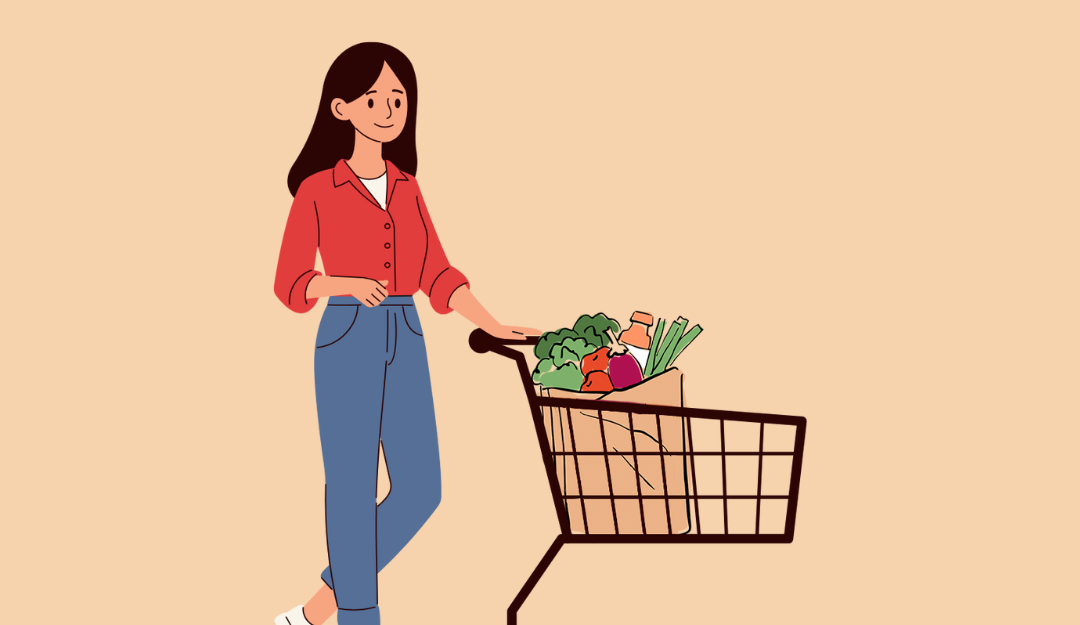Ultra-Processed Foods: The Good, The Bad, and The Ugly
Have you ever wondered why packaged white bread stays mold-free for months, or how non-dairy creamer manages to look and pour like heavy cream? And what’s the deal with Jell-O powder? How is it inexpensive, easy to use, bursting with flavor, and indestructible all at once?
The answer is industrial food processing.
The food industry uses physical and chemical processes to manipulate raw materials into everything from breakfast cereal to chicken nuggets to chocolate syrup. Through various methods, food manufacturers can extend a product’s shelf life, add flavor, enhance texture, and improve color. Given the often dramatic transformations, like turning wheat, sugar, and oil into a sweet breakfast cereal with colorful marshmallows, it’s easy to think that food processing is always a negative.
However, this isn’t necessarily true. Nearly everything we eat, even the healthiest and most wholesome of foods, undergoes some modification or processing. Take peanut butter, for example. It certainly didn’t come out of the ground looking that way. The peanuts had to be harvested, cleaned, de-shelled, blended, and packaged. Cheese, frozen fruits and vegetables, orange juice, most cuts of meat, nuts, seeds, and butter are otherwise nutritious foods and ingredients that require minimal modification to be consumed and enjoyed.
Before we dive into what ultra-processed foods are, here’s a quick look at some healthier swaps you might already recognize.

What Are Ultra-Processed Foods?
Ultra-processed foods take this modification to another level, requiring extreme temperatures, chemical additives, and sophisticated packaging to transform basic ingredients into many of the food items currently sitting on most supermarket shelves. NOVA, a dietary classification system, defines them as “snacks, drinks, ready meals and many other products created mostly or entirely from substances extracted from foods or derived from food constituents with little if any intact food.”
Because they are made from extracted foodstuffs and industrial ingredients, ultra-processed foods are relatively inexpensive to produce, easy to ship and store, and engineered to be delicious (some may even say addicting). The downside is that much of the nutritional value of ultra-processed foods is stripped away during the manufacturing process, resulting in products that are low in vitamins, minerals, and fiber and high in salt, sugar, and fat. That’s part of the reason why many popular breakfast cereals and juices have to be fortified with the nutrients lost. Ultra-processed foods are typically calorie-dense and, because of their lack of fiber, are easy to overeat, leading to potential health risks such as type 2 diabetes, heart disease, and obesity.
How to Identify Ultra-Processed Foods
This can be tricky. Ultra-processed foods come in many shapes, sizes, and colors (which may be your first clue) and use packaging and marketing language to throw you off the scent. Here are some characteristics to look for:
A Long Ingredient List: A long list of ingredients is a tell-tale sign of processed foods. Look for high fructose corn syrup, corn syrup solids, vegetable oils, refined sugars and flours, preservatives, and synthetic colors and flavors.
Located in the Middle Aisles of the Supermarket: The interior aisles, away from the produce and outer refrigeration, contain the most processed foods. Chips, sodas, breakfast bars and cereals, cookies, candies, and sauces are some of the most common processed foods.
Colorful Packaging: While you can’t rely on this criterion alone, many heavily processed foods are often disguised in bright, fun, colorful packaging.
Lots of Sugar and Salt: Another telltale sign of ultra-processed foods is the excessive use of salt and sweeteners. These are used to replace the taste and flavor lost during the harsh manufacturing process.
What to Eat Instead
Let’s be clear: Not all ultra-processed foods are dangerous to your health. Milk, for one, needs to be treated at a high temperature to extend its shelf-life and reduce the risk of bacterial growth or foodborne illness. That being said, this food category is notorious for including an abundance of sodium, sugar, and saturated fat while being absent of beneficial nutrients and fiber, which helps prevent overeating.
During your next supermarket shopping trip, aim for a balanced grocery cart that contains a combination of fresh, minimally processed, and ultra-processed foods. Balance is the key to a sustainable, healthy diet.


